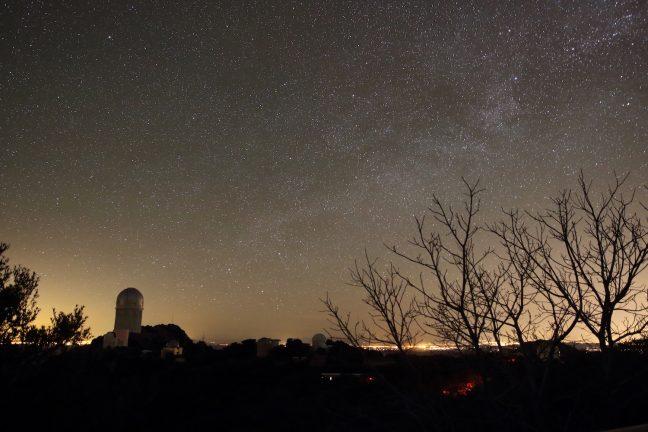Ron Oliversen, a scientist at the NASA Goddard Space Flight Center, spoke at the University of Wisconsin Space Place about modern research on the moon’s atmosphere Tuesday night.
Oliversen focused much of his speech on the history of the moon’s atmosphere and when people started to believe in its existence. According to Oliversen, the idea of the moon having an atmosphere dates as far back as the first century A.D. Galileo and Kepler even quoted those early ideas in the 1600s.
Undergraduate Research Symposium offers chance for student researchers to learn, share discoveries
“English clergyman John Wilkins wrote a book titled ‘The Discovery of a World in the Moone’ in which he put into print that he thought the moon had an atmosphere,” Oliversen said.
According to Oliversen, one of the main arguments for why the moon had an atmosphere was that starlight was being refracted by the moon’s atmosphere. This proposal by John Jerome Schröter in 1792 was further investigated in 1955 by shooting radio waves into space and determining whether or not they were being refracted. They found that radio waves were not being refracted after all.
Because of this experiment, Oliversen said, many scientists and researchers around the world started to believe the moon didn’t have an atmosphere.
But, in 1967 the Surveyor 6 caught an image of a glow of light behind the moon after the sun had already set. Oliversen said that if the moon didn’t have an atmosphere, there would be no glow of sunlight over the horizon, it would just be dark.
“It’s now believed that we have an atmosphere on the moon — not a very thick one, but we do have one,” Oliversen said.
These historical claims of the moon having an atmosphere are what influenced Oliversen’s work with NASA.
Morgridge Rural Summer Science Camp extended for additional week
He and his colleagues traveled to Kitt Peak National Observatory and used one of their 3 major nighttime telescopes to study the atmosphere of the moon.
“So we would look right off the edge of the moon and see if we could detect the sodium ignition [elements of the moon’s atmosphere],” said Oliversen.
Oliversen and his colleagues were able to detect sodium ignition, which he said is evidence that historical claims of the moon having an atmosphere were correct.


















